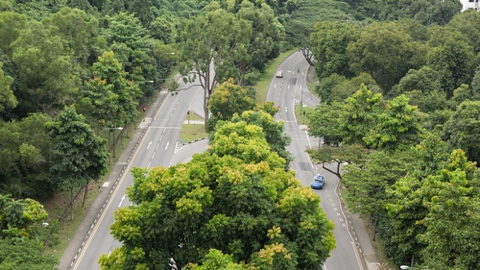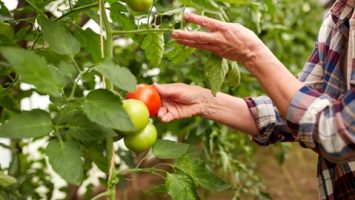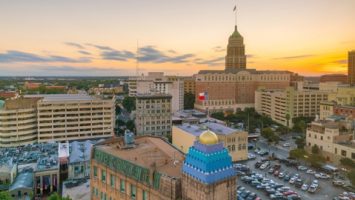
The FAO defines an urban forest as “the networks or systems comprising all woodlands, groups of trees, and individual trees located in urban and peri-urban areas” – the term covers everything from parks down to a single tree. Urban forests can protect a city’s land and water supply, by acting as a natural infrastructure that protects soil and absorbs rainwater, thereby reducing runoff which causes erosion of soil and sedimentation into local water supplies.
City leaders are finding that the creation of urban green areas also enhance and conserve biodiversity by providing a home for native animals and, when linked, create green corridors for wildlife to move around a city. The City of Brisbane in Australia, for example, recently pledged an investment of $90 million to establish and preserve wildlife corridors across the city to protect the region’s struggling koala population. The city council also expects the added benefit of increased tourism, citing the experience of the Chinese city of Chengdu, the home of the panda.
“We’re looking at creating specific eucalypt plantations, making sure the right type of eucalypt tree for koalas are in abundance in our city,” Lord Mayor Graham Quirk said.
According to the TREEPEDIA project, run by the Massachusetts Institute of Technology (MIT), Singapore is the world leader in terms of canopy cover.
“Singapore was very much like Hong Kong about half a century ago. It was densely built-up, very cramped and with very few trees — but then they introduced a clear policy to make sure that the city will become a garden city,” Jim Chi-yung, chair of geography at the University of Hong Kong and one of the world’s leading experts in urban forestry.
Again, increasing the urban forest can promote tourism and investment. Singapore now promotes itself as the garden city of Asia as part of their marketing strategy and a way to attract investors.


